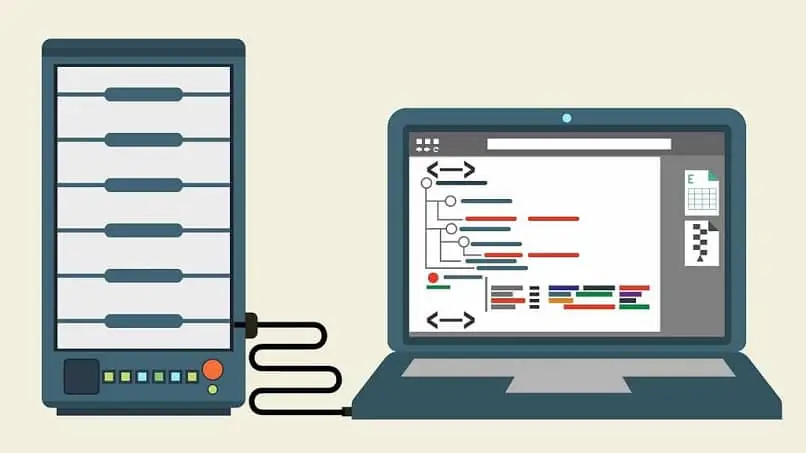How to restart an Apache web server on Linux Ubuntu or Windows

Knowledge of the technological tools that have been developed today, accessible to all, is very important. Since it can solve more than one problem in the future . That's why it's always good to keep up to date with the latest news. One of them learns how to restart an Apache web server on Linux, Ubuntu or Windows.
And as we know, web platforms are one of the tools the no longer used for the dissemination of information and to carry out activities from an academic and professional point of view, as well as a fundamental element in carrying out business transactions, that is, buying or selling things directly to a company or to another person.
Web servers
For whatever reason, if you are running a web page or planning to immerse yourself in the world of opportunities that a web page represents, you need to be very clear on the operation of a web server and how vital it is for him.

This is why, this time, the idea is to provide you with all the information you may need concerning one of the web servers the most popular in the world . Do you want to know which one is referred to?
Let's talk about Apache
Launched in 1995, this web server commissioned by the Apache Software Foundation . At least 46% of all available websites worldwide use Apache as their preferred web server.
How does it work? Quite simply, the moment someone enters the web domain in their browser, the server is responsible for providing all the files, documents or items available to this site.
In summary, the web server, in general, and Apache , in particular, are responsible for the distribution of all content that a user may need while visiting a web platform.
Program, not instrument
It should be noted that by calling themselves a web server, the vast majority of people immediately think of it as a piece of equipment or a device through which all functions to which he is made reference are established.
Nothing could be further from reality. The web server is a program that can be installed on computers with different operating systems in order to maintain the activity of a platform.
Linux and Windows users
Each operating system has its own form or special tools for handling a web server . That's why this article focuses on two of the three most used operating systems in the world: Windows et Linux .
Restarting the Apache server
A web server, like any other program, may have problems or errors while it is running, especially when your website might have a lot of requests, so sometimes the best way to optimize its performance might be to restart the server. Apache web.
Restart the Apache server with commands
Thanks to Linux operating system tools , you will have at your disposal all the information necessary to achieve this objective and maintain your web server, and therefore, your operational page.

Restarting an Apache web server via Linux commands is extremely simple and you just need to enter the following command to do it: $ sudo /etc/init.d/apache2 restart
By XAMPP
Another alternative that you can use for this is the use of software which, in addition to the restarting a web server , can give you other functions to keep Apache operational and to perform any other kind of action. For this purpose, XAMPP is a highly recommended program that is fully compatible with Windows.
- Go to the folder of installation of XAMPP and run the xampp-control.exe file
- Click "Stop" to stop Apache.
- Press the "Start" button to restart the server.
- Ready!
Extremely easy!
If you only need to restart the web server, using the command is recommended. But if, on the other hand, you need a program that allows you to perform various actions on a web server, the ideal would be install XAMPP .
Either way, restarting an Apache web server on Linux, Ubuntu, or Windows could optimize its performance and fix the errors, then feel free to try these alternatives.




